|
I have been birding on a regular basis this fall, getting the images downloaded and edited, but not getting them to this page. So here is a "catch-up" post of some of my "keepers" as well as some average images of some above average birds. I will walk us east to west, from Agua Caliente Park to Sweetwater Wetlands, to the Arizona-Sonora Desert Museum. Agua CalienteThere is a large population of Phainopepla, a Silky-flycatcher (Family Ptilogonatidae, Order Passeriformes) living at Agua Caliente right now, feeding on insects and mistletoe berries in the mesquite trees. One day I was able to stand right in front of a mesquite near a path on the western side of the park, while a sizable population of females fed in the tree and posed in the early morning sun. Males are present as one would expect, black and silky with the characteristic crest. For images of a partial albino male, see my posting from Sabino Canyon earlier this fall. For more on Phainopepla, see The Sibley Guide to Bird Life and Behavior by David Allen Sibley, 2001, pp 488-89. I always photograph Vermilion Flycatchers whenever I see them - who can resist! In this case a male was perched high on a palm tree, in the south east end of the park, facing the morning sun. The branch is grey and white, looking much like the birds wings. The background is shaded and distant, turning to black in the photo. On another morning walk, not far from where I captured the flycatcher above, we spotted a Great Horned Owl, who seems to be a regular resident. You will see better images of this species captured at the Desert Museum raptor free flight, but in this case, we have a wild resident, running on his own schedule, and appearing when he wants. They are nocturnal, hunting at night. Looks a bit sleepy: Below, a Blue-gray Gnatcatcher, with an insect in its beak (bug-McMuffin?). Below, a White-crowned Sparrow. The white crown is out of view at the top of the head. Below, a Northern Mockingbird, at rest and in song: Below, an American Kestrel, described by the Cornell Lab of Ornithology as North America's littlest falcon. This Kestrel hangs out at Agua Caliente, and any birding visit to the park warrants searching the high perches for this falcon. In this case, he was high on a tree branch, holding tight in a high wind. For some spectacular photos of male and female Kestrel's, perched and hovering, see Tom Gray's website. For great photos and text on raptors, see Birds of Prey in the American West, photographs by Tom Vezo, text by Richard L. Glinski. Available online or in our local Audubon Nature shops. The freshwater wetlands in Tucson are home to rallids, consisting of Rails, Gallinules, and Coots. The Common Gallinule is a resident at Agua Caliente, see prior posting for images. Coots are common at Sweetwater Wetlands, and the Sora, the most common rail in North America, lives a secretive life in the reeds at Agua Caliente. Every birding session seems to begin with the refrain, "Can we see the Sora today?" He lives in a patch of reeds on the far side of the pond across from the ranch house, and rarely shows himself. When seen, it is usually only his head for a few seconds. When out in the water or foraging in the mud, by the time binoculars or cameras are ready, he has scooted back into the reeds. However, last Thursday morning he hung out longer than usual, pulling food out of the mud adjacent to the reeds. The images below are among the best I got, albeit not optimal. I could not get closer without swimming (not an option) so these images are enlargements of frames shot at 600mm with a cropped sensor. These show his yellow bill, long legs and large feet, as well as the short tail. There is some striping effect on the body in some images that I think represent reflections off of the water. For more on rallids, see The Sibley Guide to Life and Behavior, illustrated by David Allen Sibley, 2001, pp 246-250. I cannot leave Agua Caliente and the Tanque Verde Valley without at least one shot of a bird on a saguaro, in this case a female Gila Woodpecker with what looks like fruit or a nut from a palm tree: Sweetwater WetlandsWednesday, November 16th, I joined the weekly Audubon bird walk at Sweetwater Wetlands, led by Luke Safford. High on a branch, close to the parking lot we spotted this Snowy Egret, a white bird against an overcast sky, with the sun trying to break through. These medium sized herons have long sharp bills to spear fish and small aquatic animals. Here we can see their characteristic long black legs, and yellow feet. On the Wednesday bird walk on December 7th, we spotted this Baltimore Oriole. These are migrants, summering and breeding in the midwest and northeast, wintering toward the southeast, but generally not as far west as Arizona. This bird has been seen at the wetlands recently, and we were fortunate to spot it on the 7th. This was shot at some distance, the sun to the right of the frame. I did post-production processing in Lightroom to bring up the shadows enough to see the beak, eye and breast. Below, an "Audubon's" Yellow-rumped Warbler, often known by his nick-name, "Butter Butt," for the yellow patch on the rump that looks like a pat of butter. Rump not shown in this photo. Said to be the most abundant wintering warbler in Southern Arizona [Ref: Richard Cachor Taylor, Birds of Southeastern Arizona, p 329] A male Lesser Goldfinch. For excellent pictures of both sexes and juveniles, see Tom Greys site. Finally, an Orange-crowned Warbler, sitting on a Cattail going to seed. For more on plants at Sweetwater Wetlands, see this link. Check out this link for Tom Grey's site. Arizona-Sonora Desert Museum (ASDM)I recently discovered the North American Nature Photography Association (NANPA) thanks to birding friends Tom and Steve. NANPA has a local meetup group, which sponsors meetings and outings, check out the website if you are interested. November 13th we met at the ASDM, in large part to check out the raptor free-flight they offer October to April, 10 am and 2 pm. Go to their website for details, www.desertmuseum.org. It was a great trip. I had such a good time that I came back on my own Monday morning! For more on the ASDM see my post from November 2015 November 13th and 14th I caught the 10 am free flight. They flew a Great Horned Owl, a Prairie Falcon, and a Ferruginous Hawk. The museum runs the free flight on an expanse of desert to the south and a bit east on park grounds. They have created a viewing area with railings, with snags adjaceent to the area. They have one docent explaining the flights using an excellent sound system, and several trainers, and assistants. Bits of raw meat are set up on the snags, and the trainer has the birds fly from snag to snag, often right over the heads of the visitors. First bird out was the Great Horned Owl. Below are four images of the bird in flight. For more images, see my posting from the ASDM a year ago Great Horned Owls are nightime hunters, going after large mammals and birds, as well as smaller rodents and frogs. It is unusual to see them fly during the day, but in this case they have been trained to go after food in the morning for the exhibit. Next was the Prairie Falcon described by the Cornell Lab as, "A raptor of the West’s wide-open spaces, (they) glide above shrubby deserts and grasslands searching for ground squirrels and other small mammals and birds. In flight, look for the dark triangle of 'armpit' feathers that distinguish it from other light-colored falcons." I think you can see the dark "armpit" on the second image, below. Last on the flight line was the Ferruginous Hawk, the largest of the North American hawks, living on the prairies, deserts and open ranges of the west. This hawk has rusty (ferruginous) shoulders and legs with white underparts, and enjoys small mammals. In fact, on the 14th the flight was cut short when the hawk spotted prey to the east of the flight area and disappeared! Word came back by radio from the trainer (along with a shrug!) that our hawk had spotted something better than their bait for breakfast, and would not be back for a while. That is it for fall 2016! Got this one in just under (or on) the wire, with Wednesday December 21st being the first day of winter. Best wishes for the holidays!
1 Comment
Donna Pierce
12/23/2016 06:29:43 am
Dr. J, I really enjoyed this update. Such great images. You have inspired me to head over to Agua Caliente with my camera.
Reply
Leave a Reply. |
AuthorHenry Johnson, photographer and author of this site. For more detail, see About
Categories
All
Archives
July 2024
|
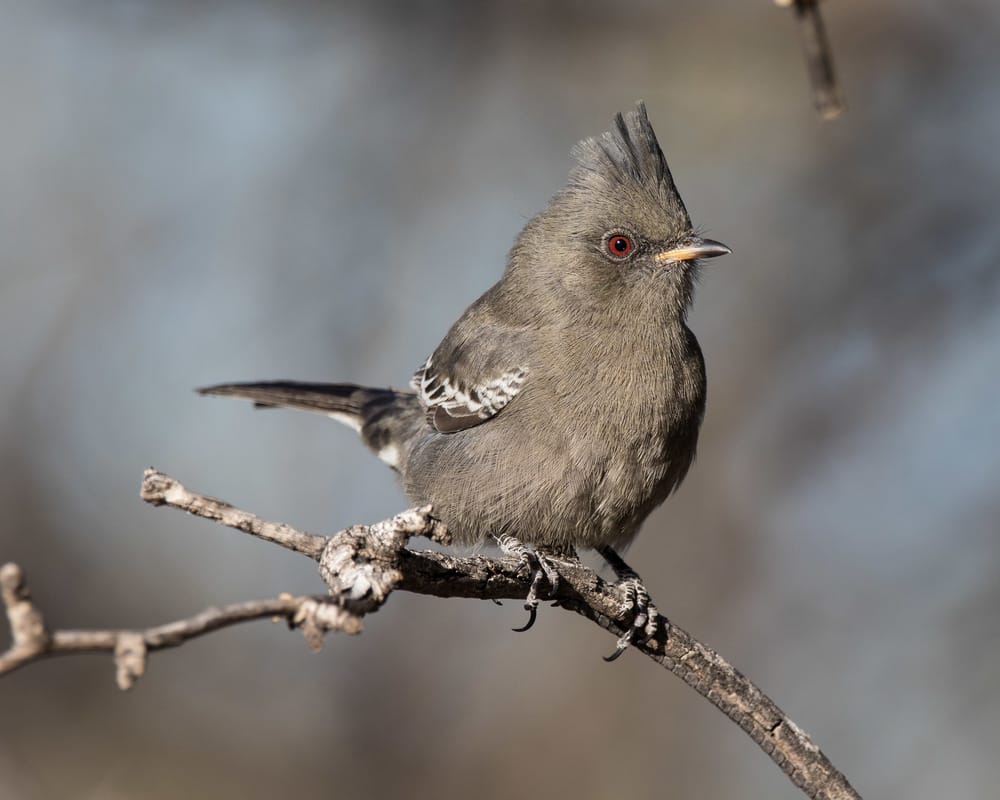
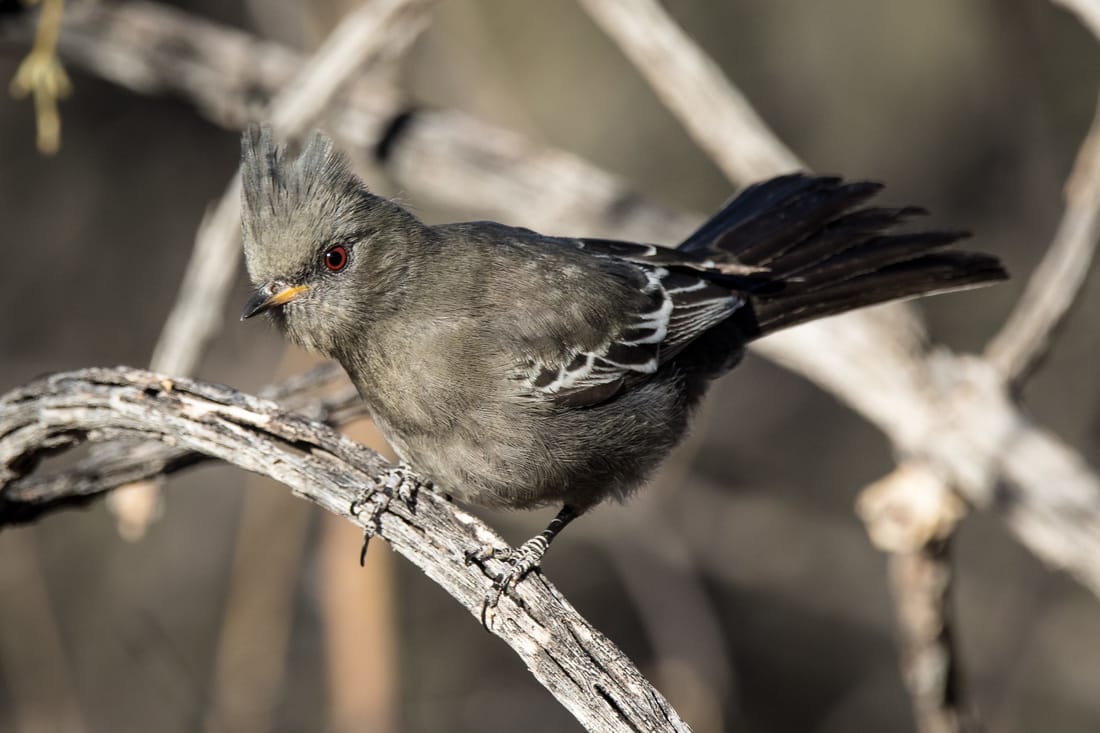
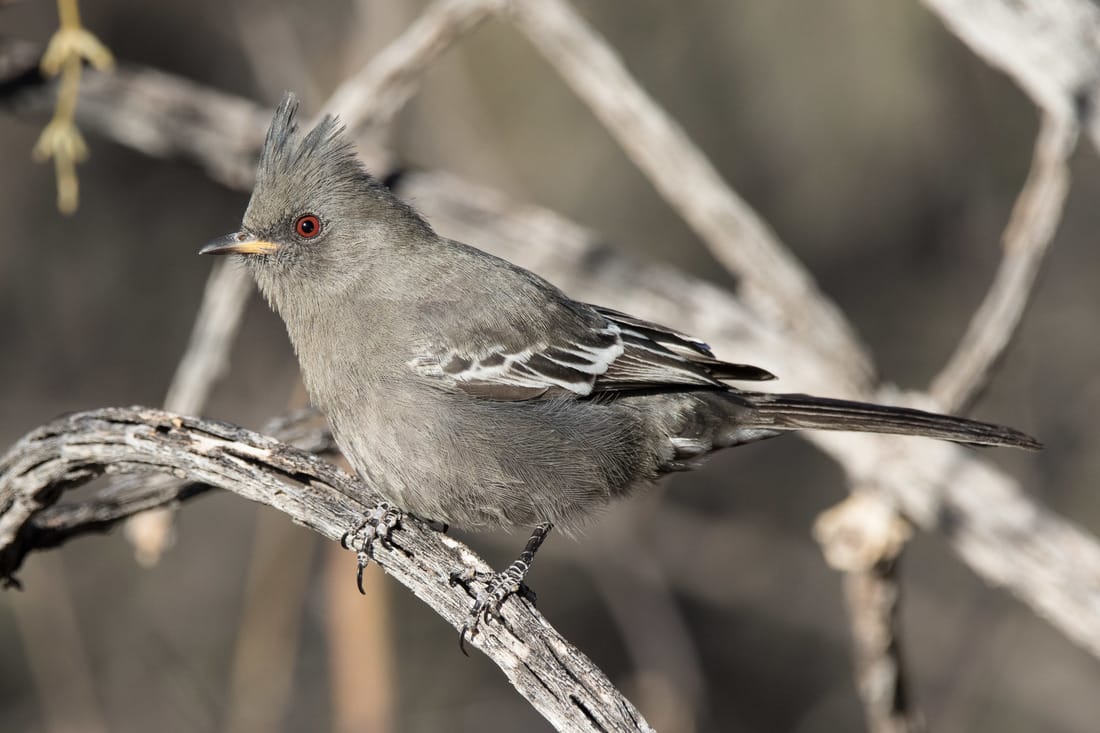
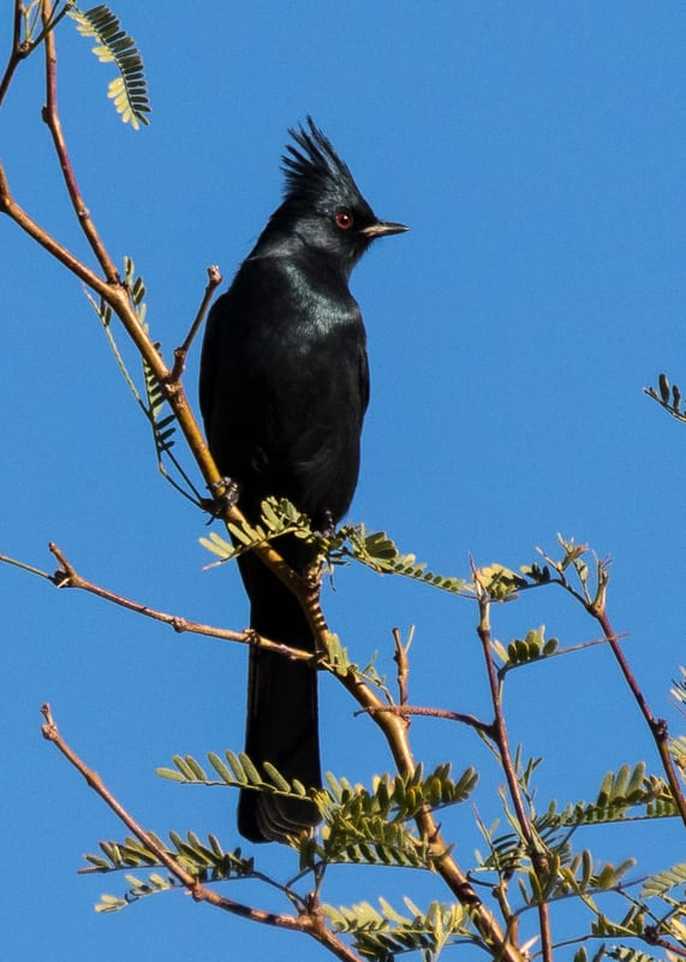
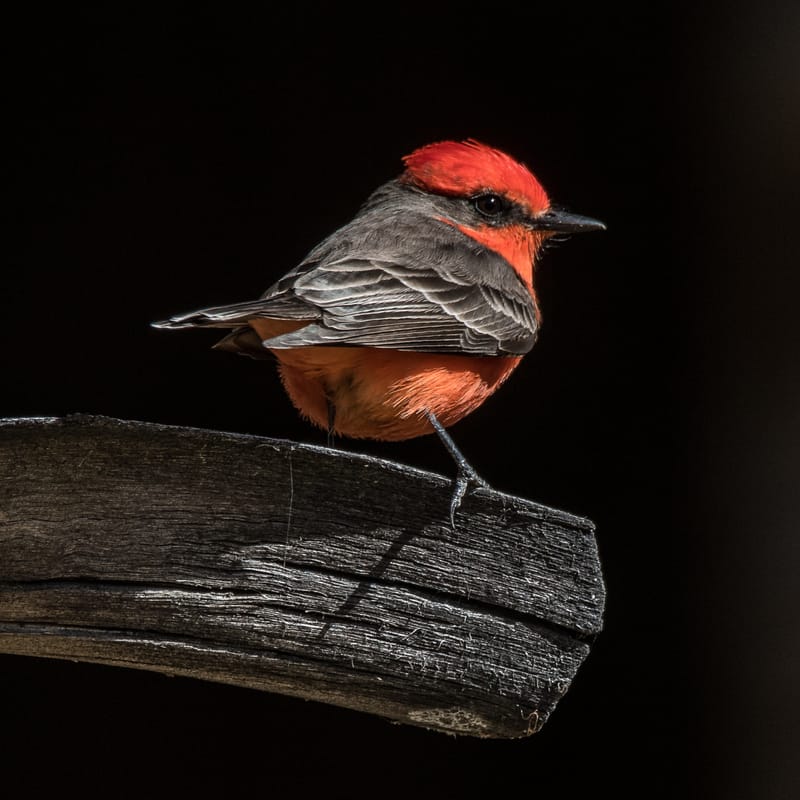
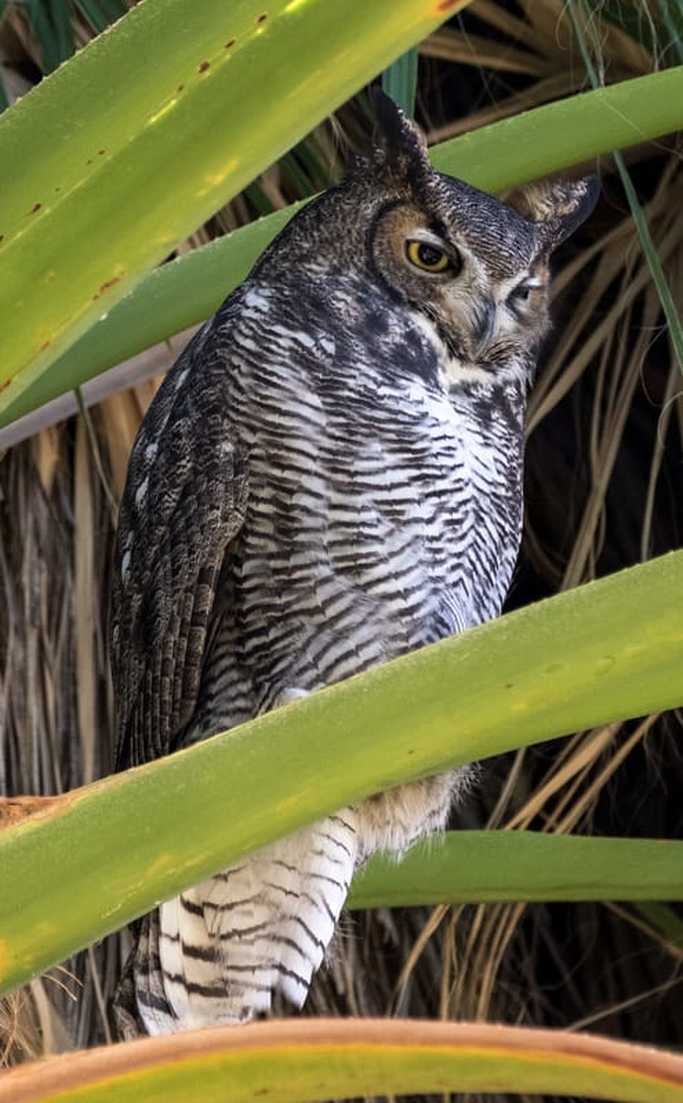
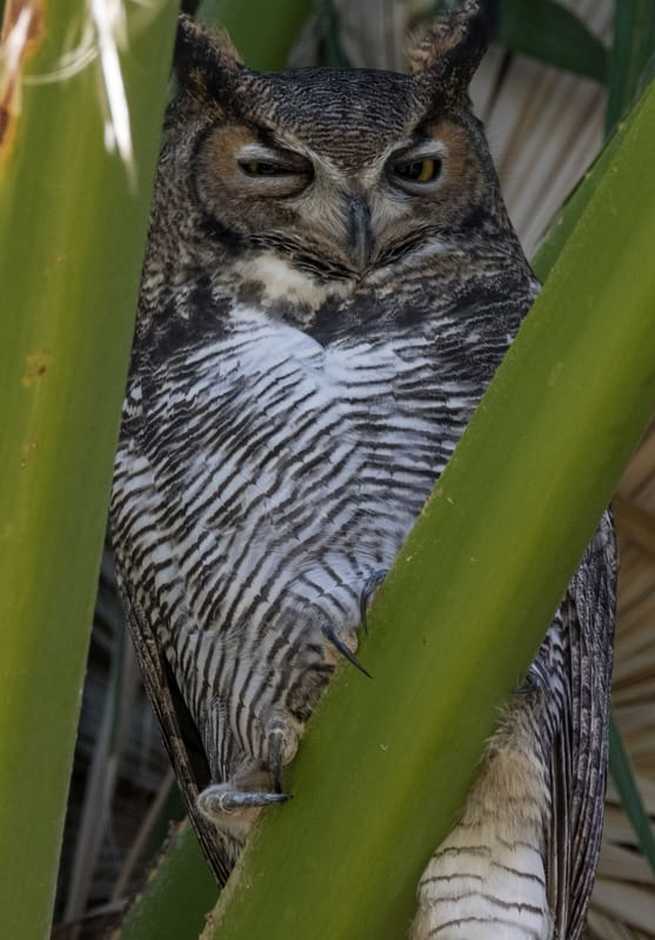
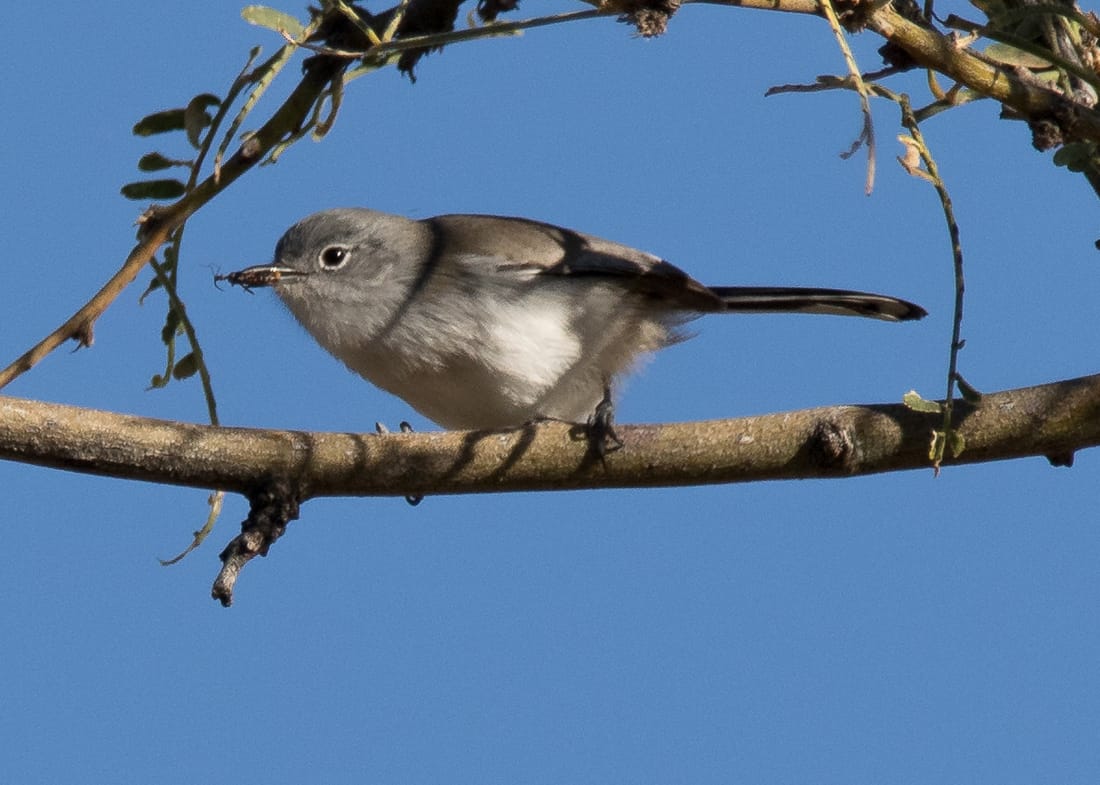
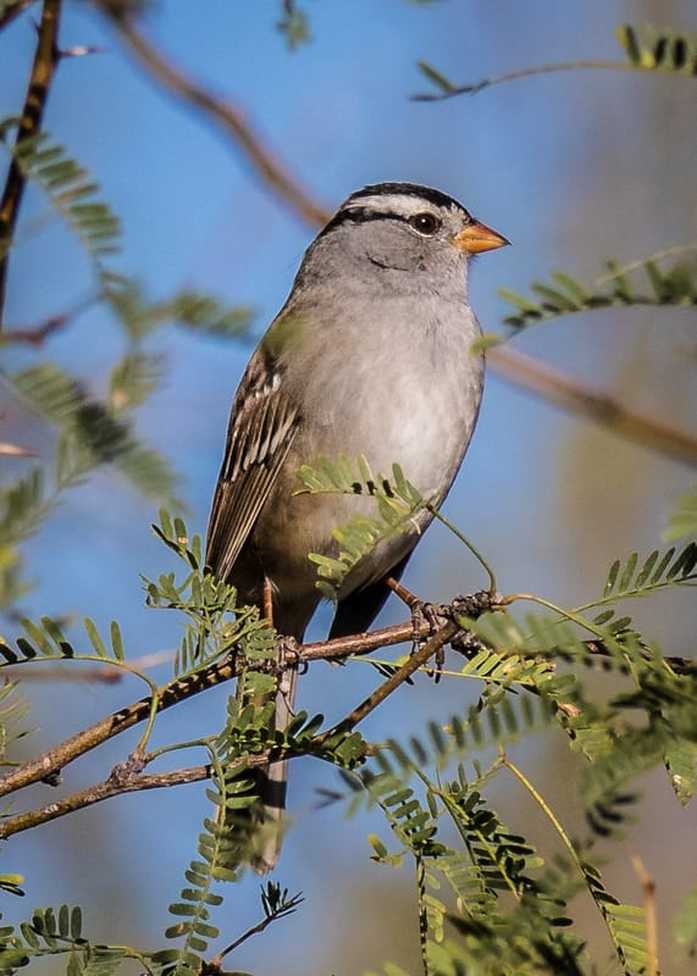
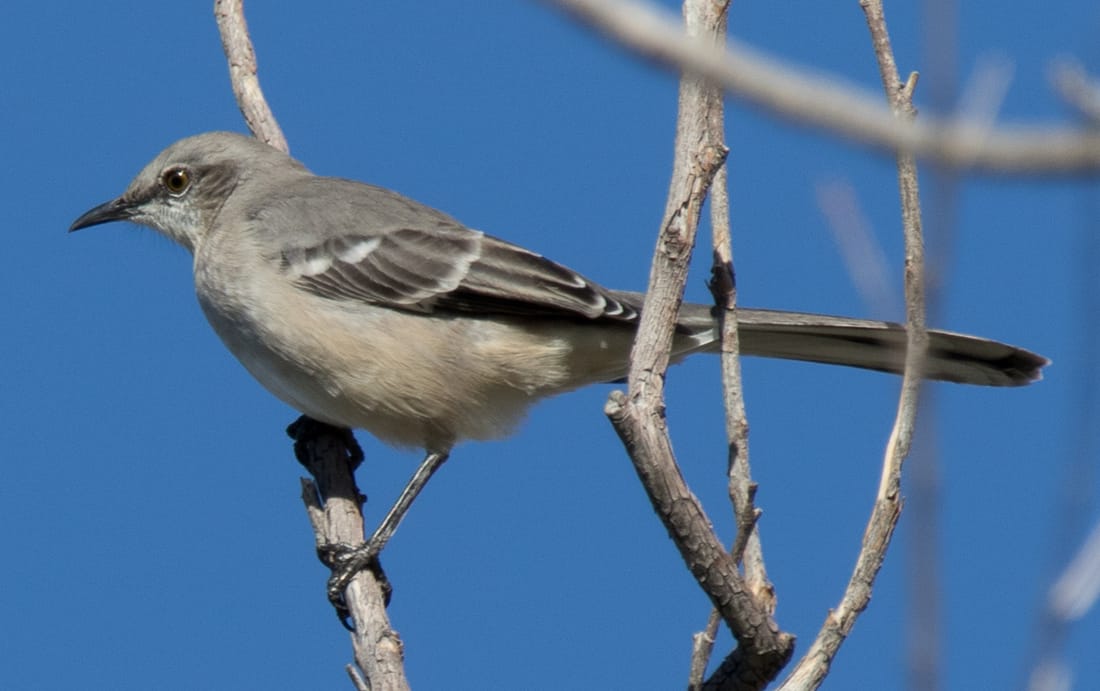
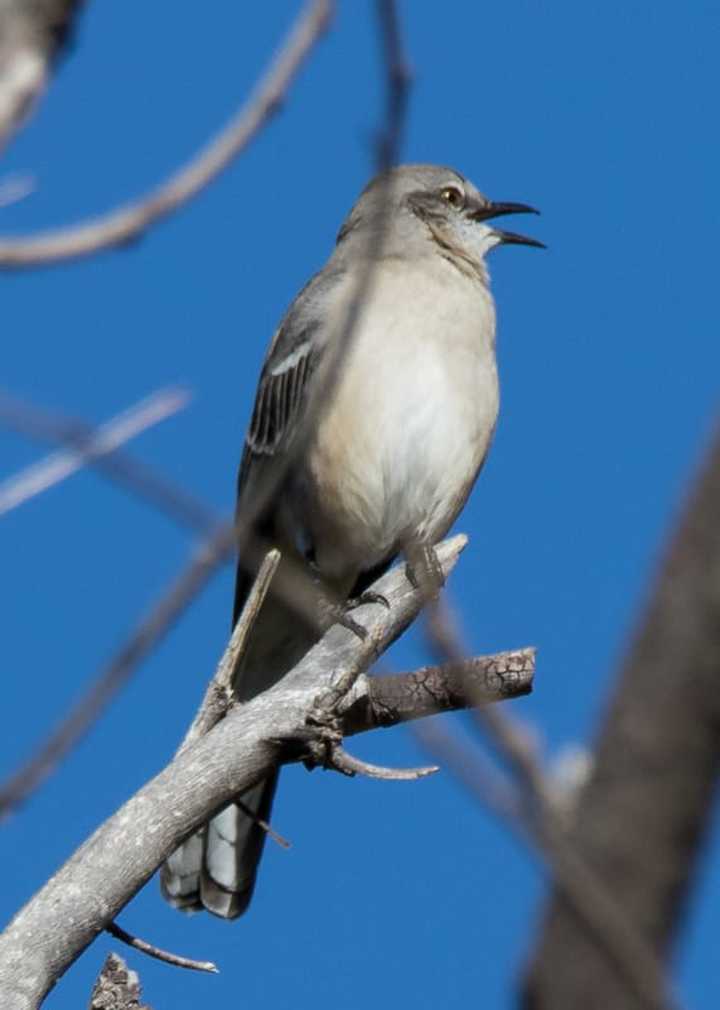
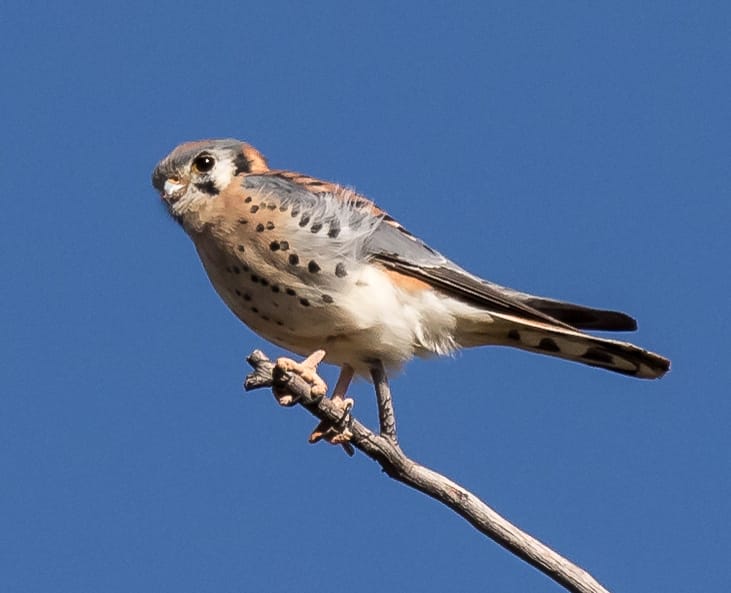
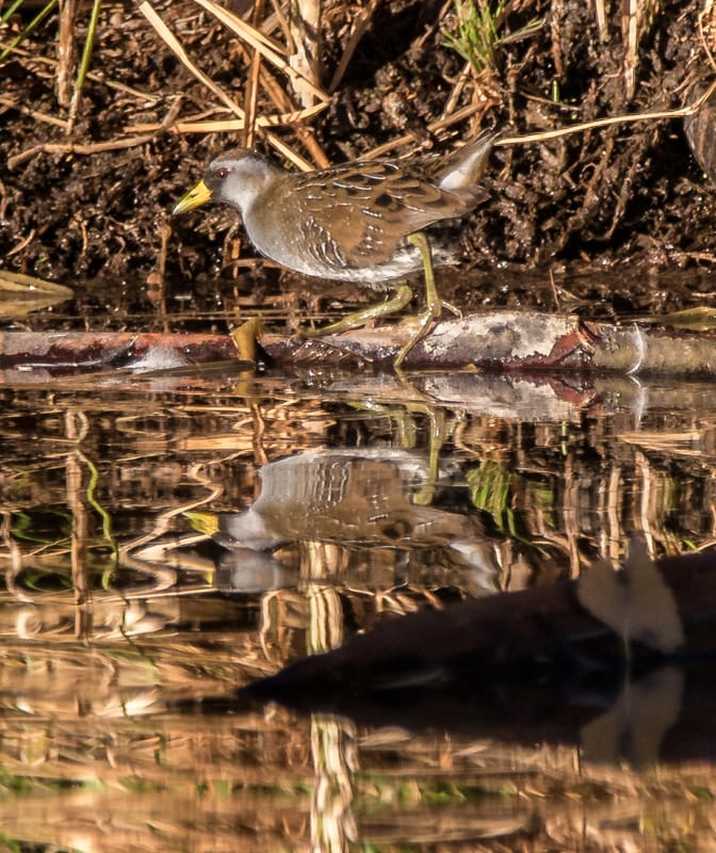
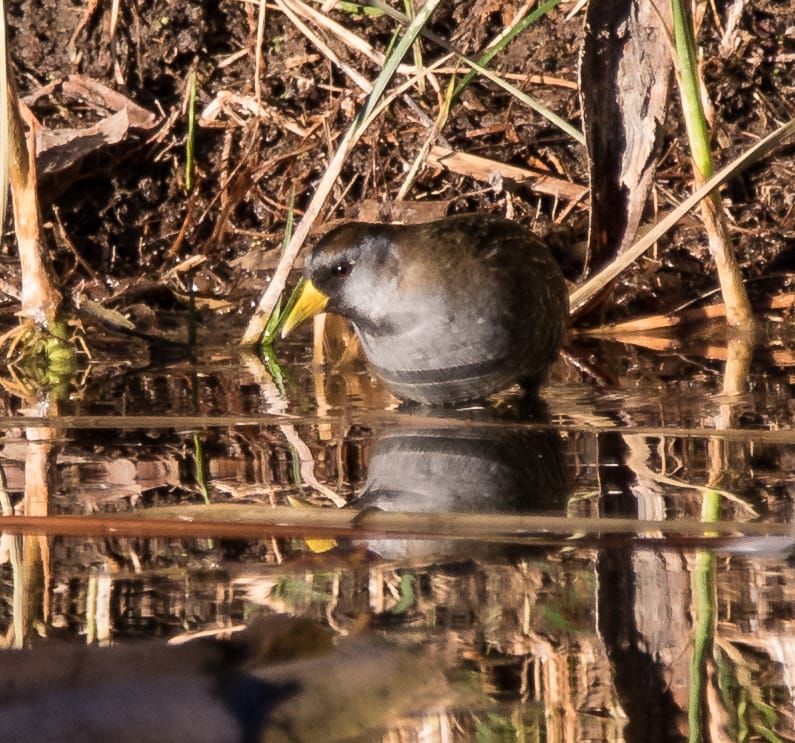
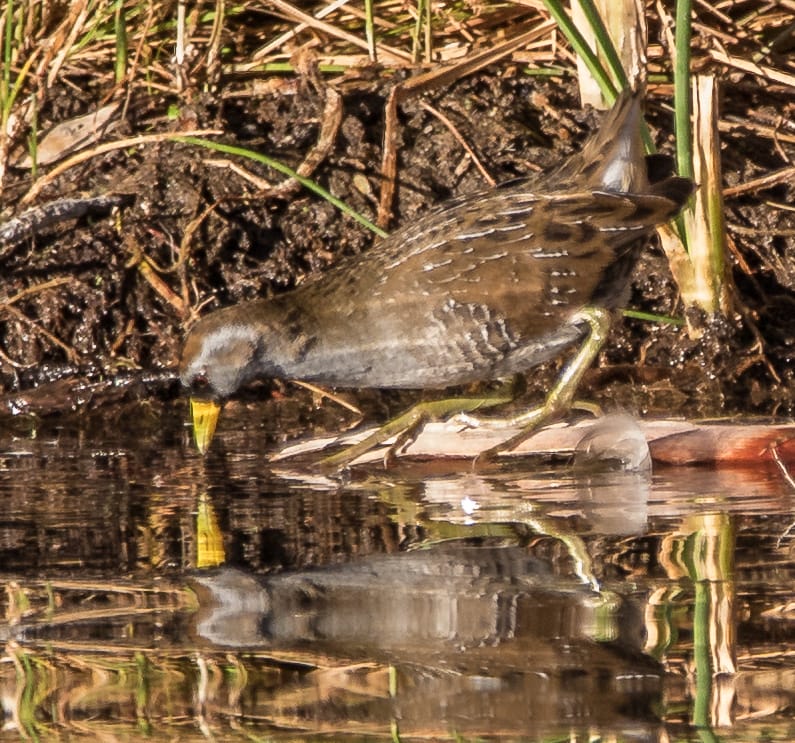
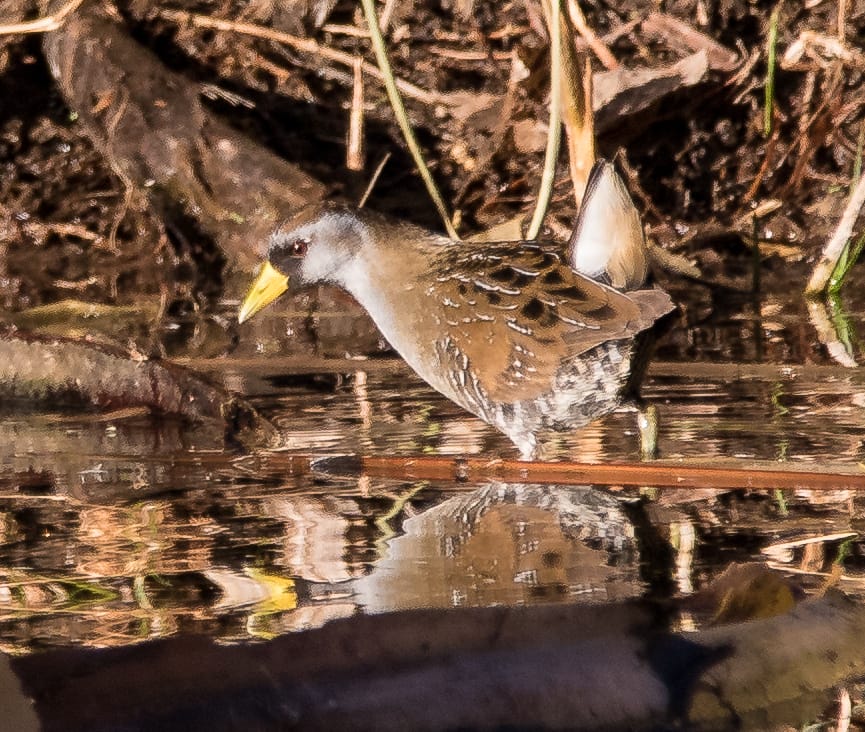
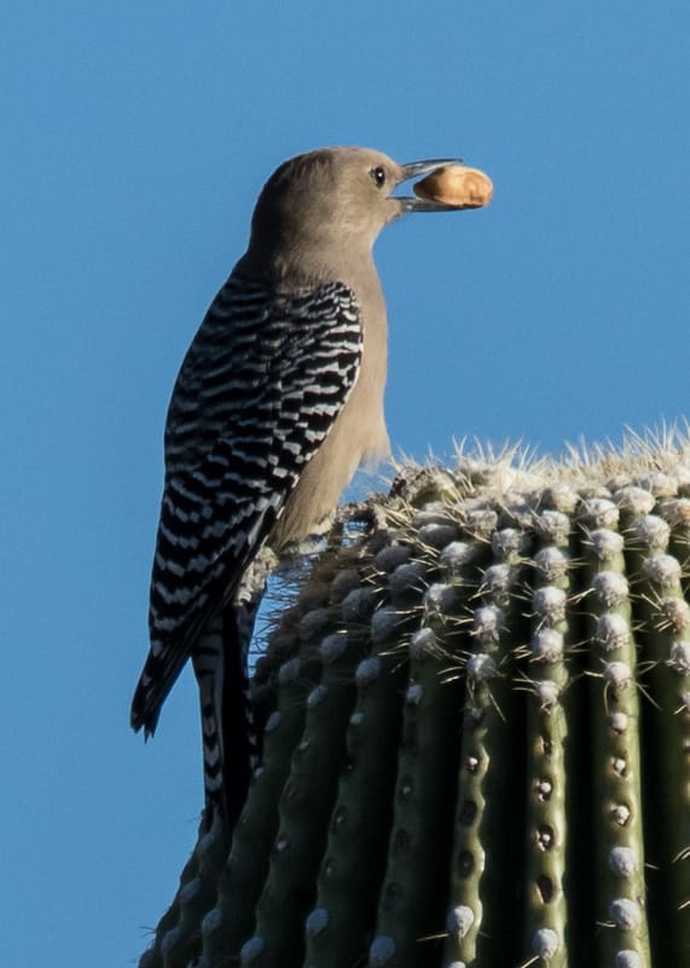
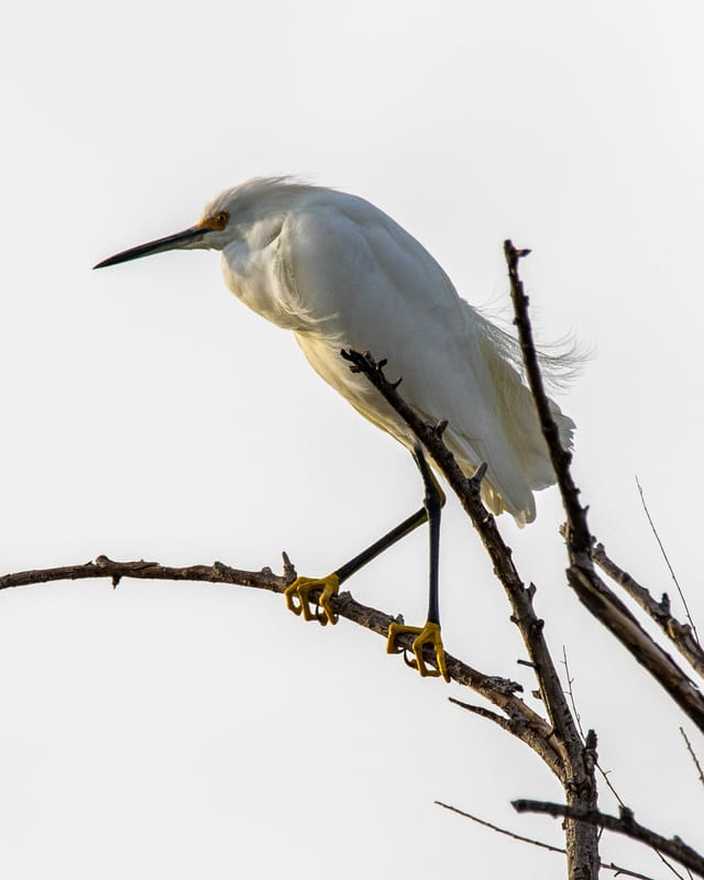
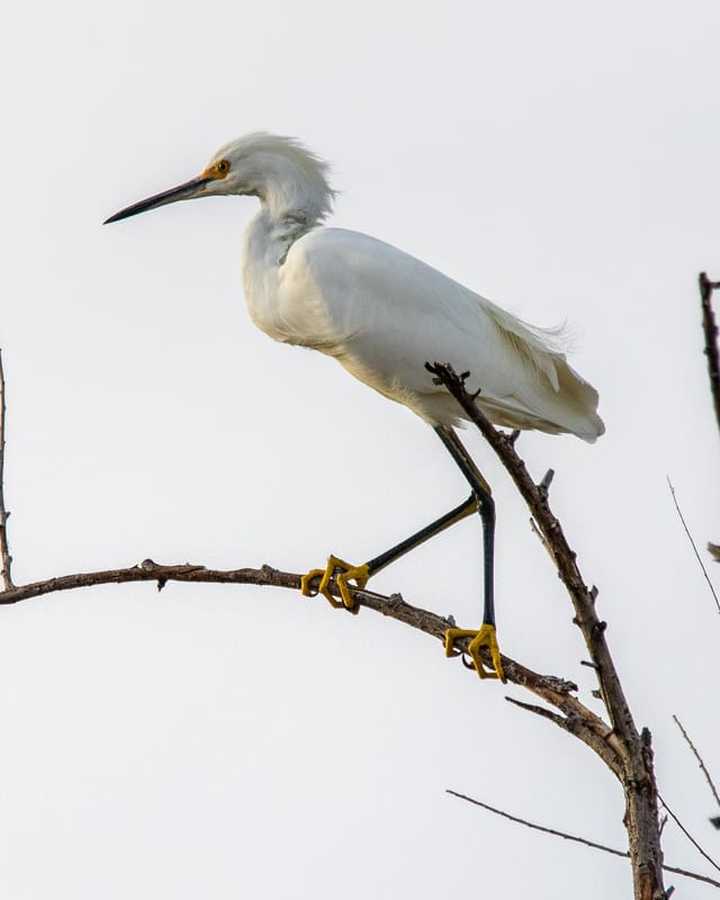
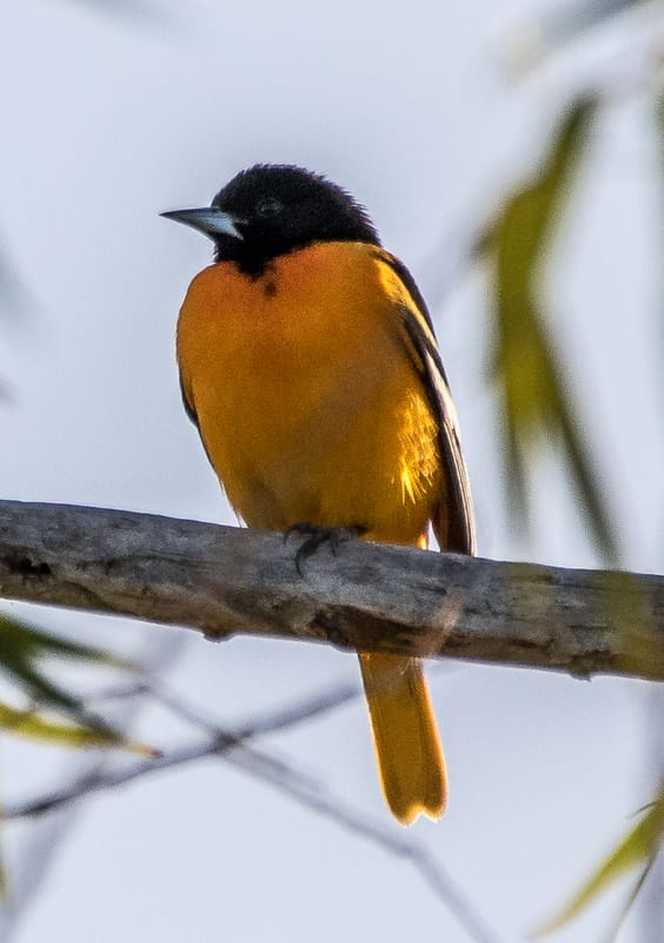
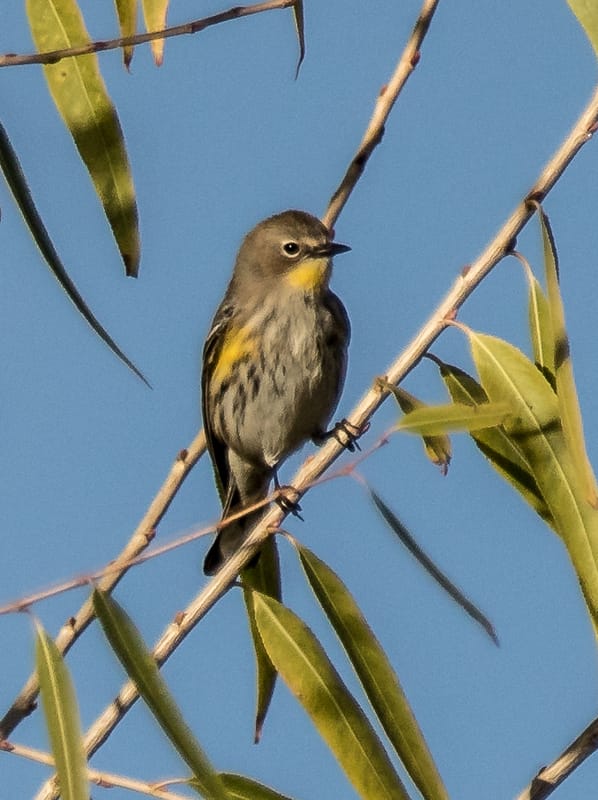
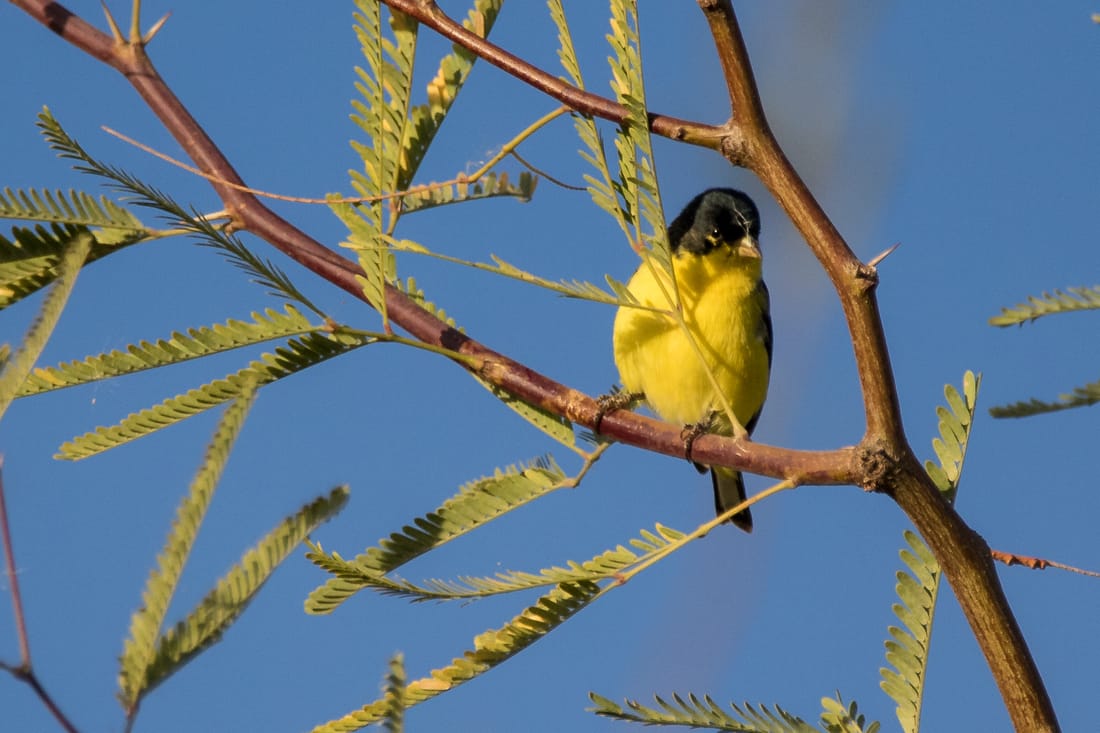
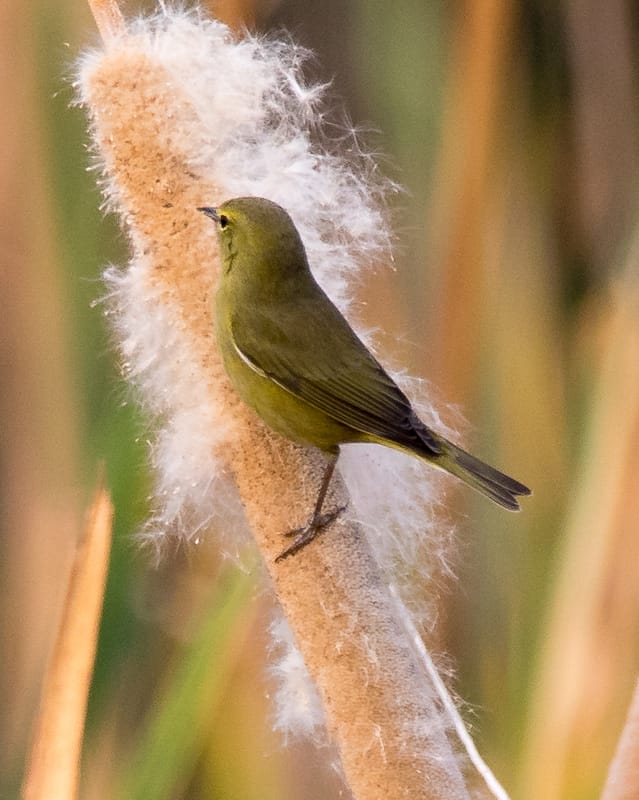
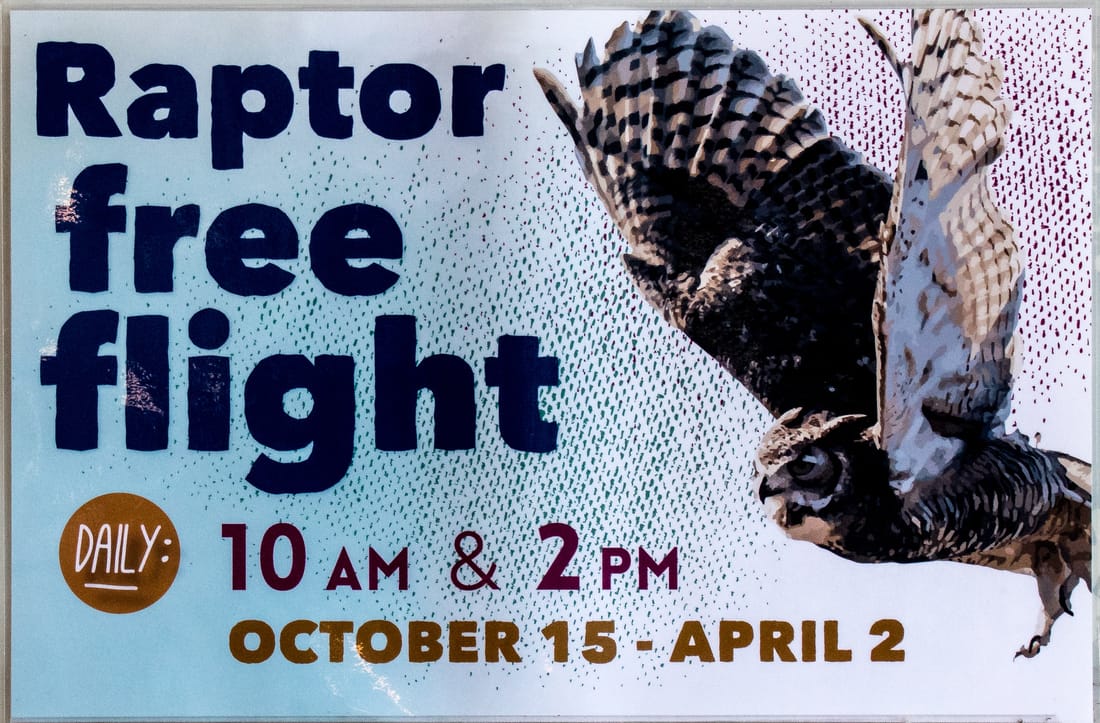
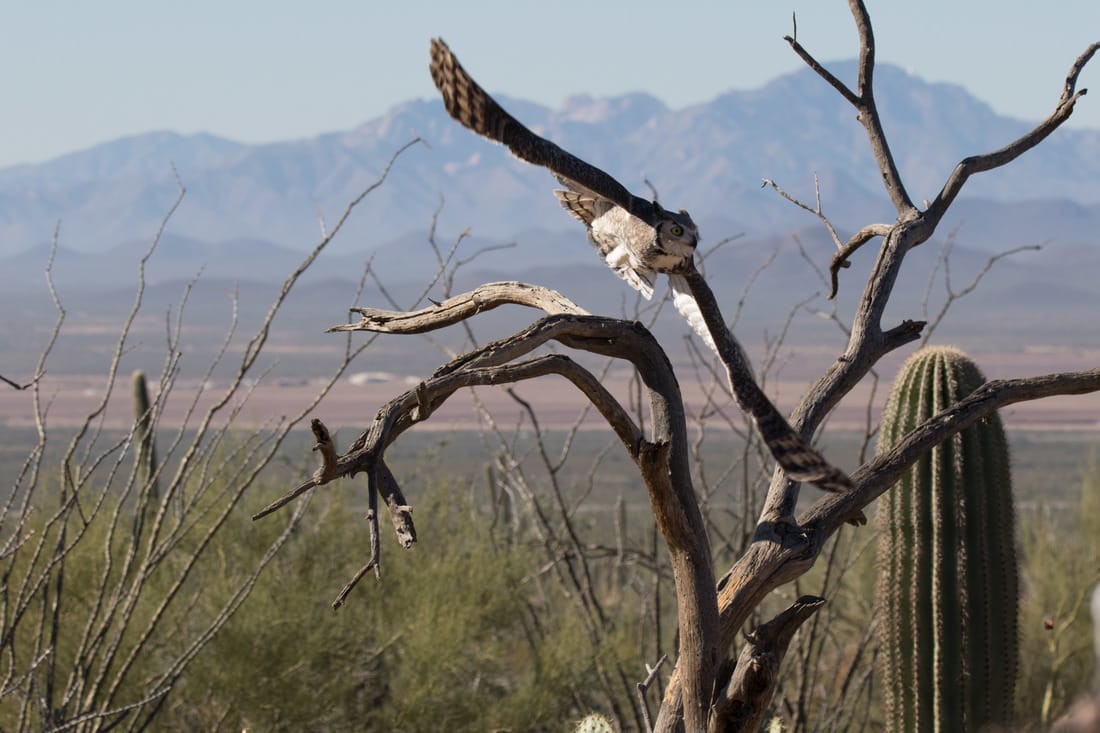
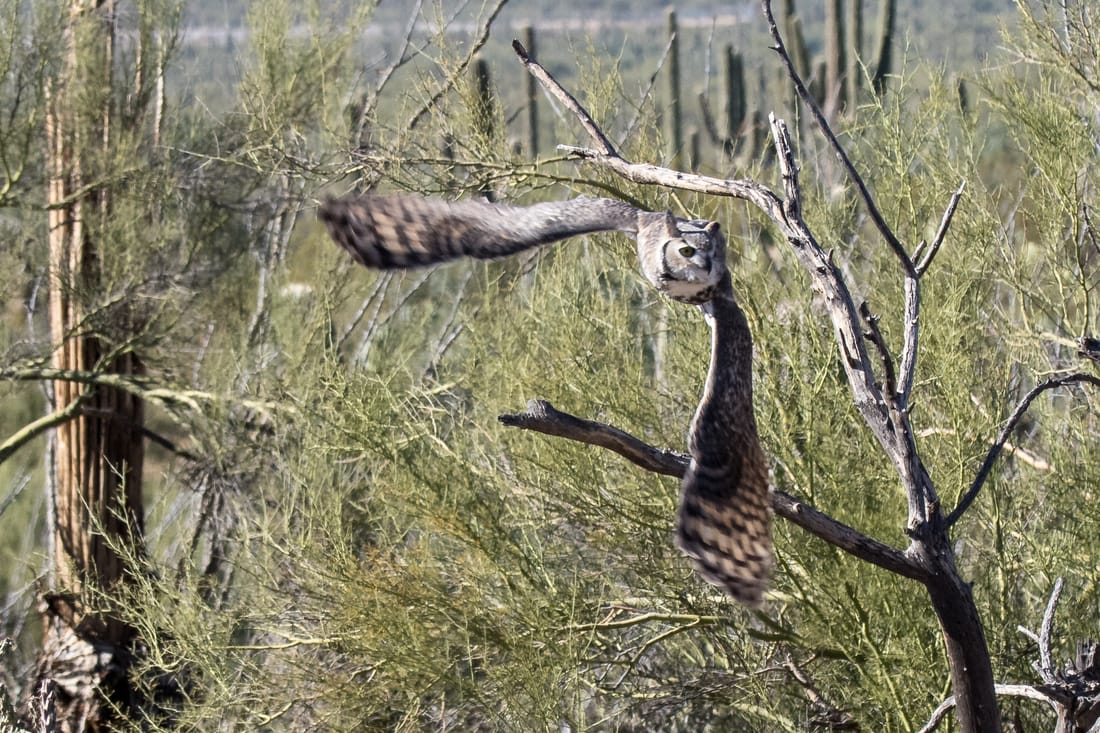
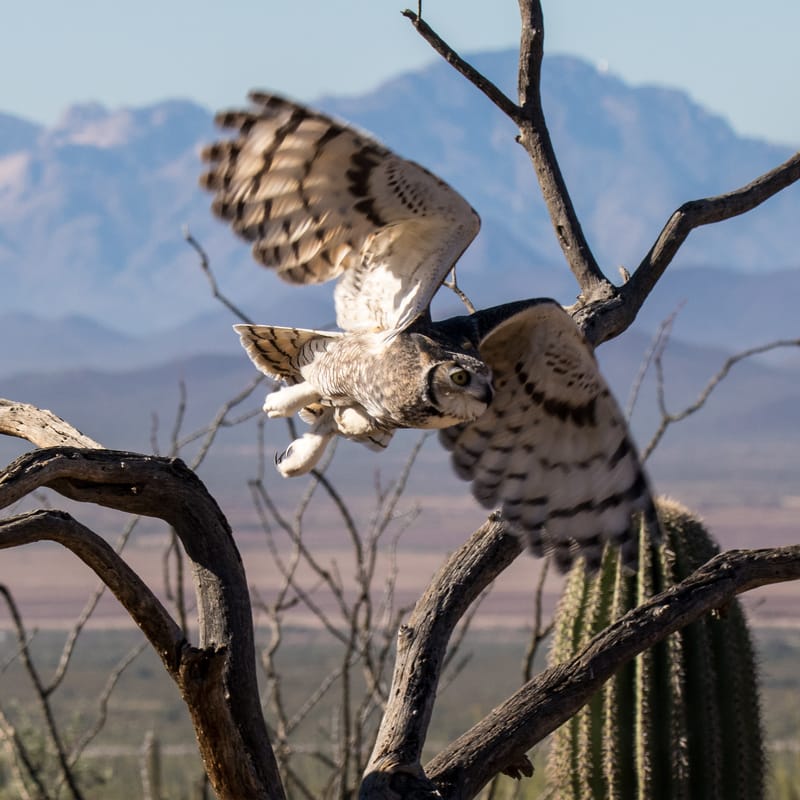
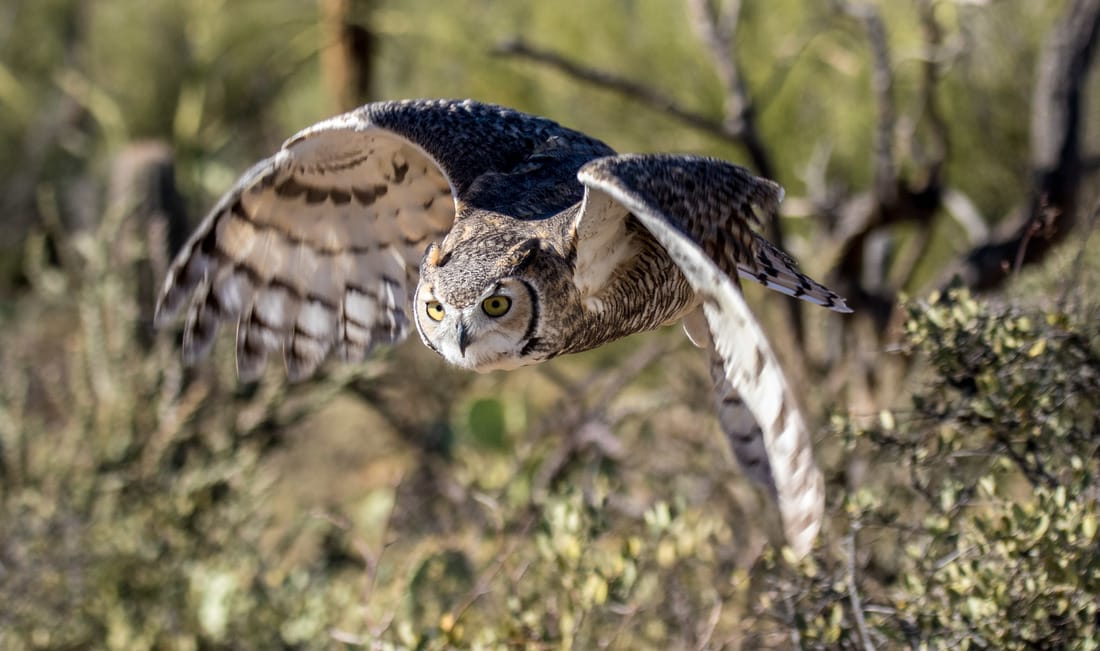
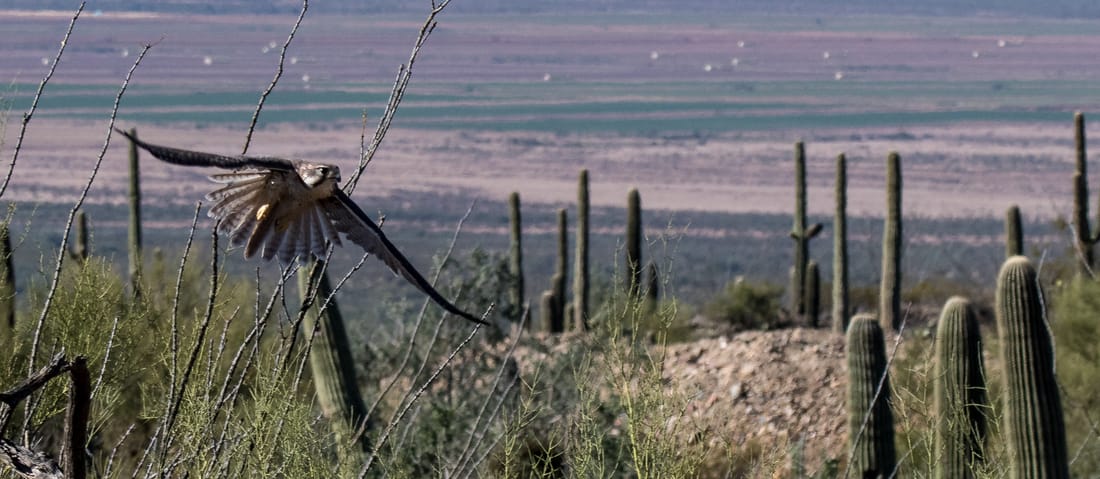
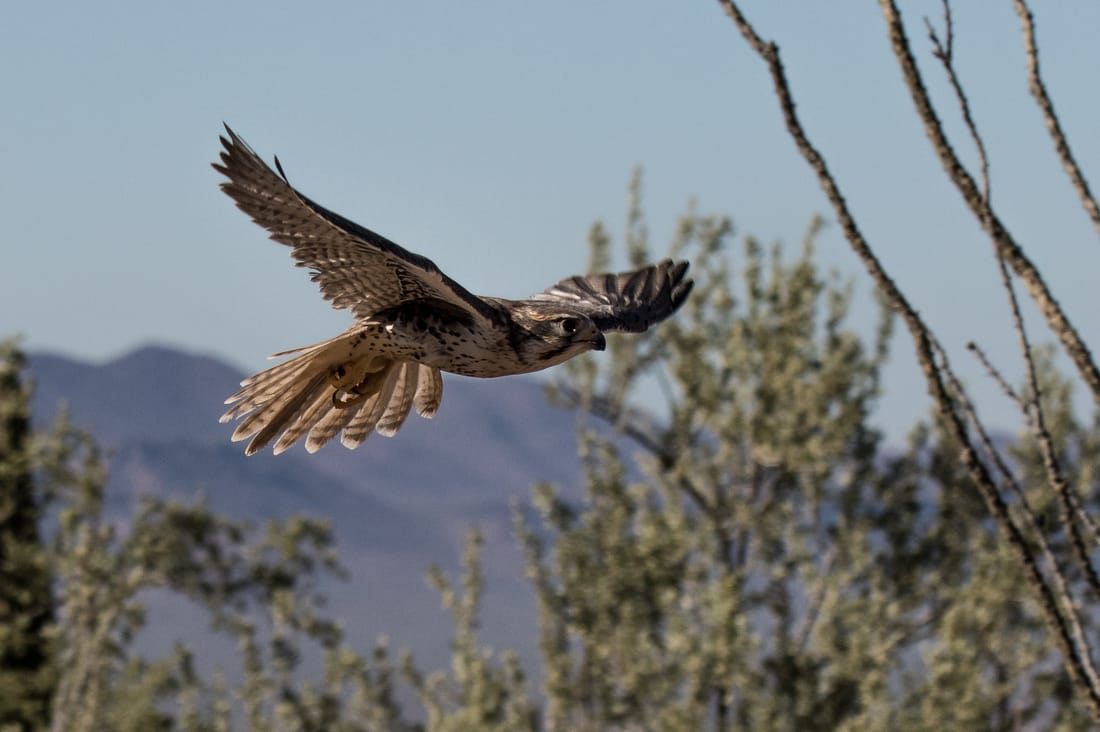
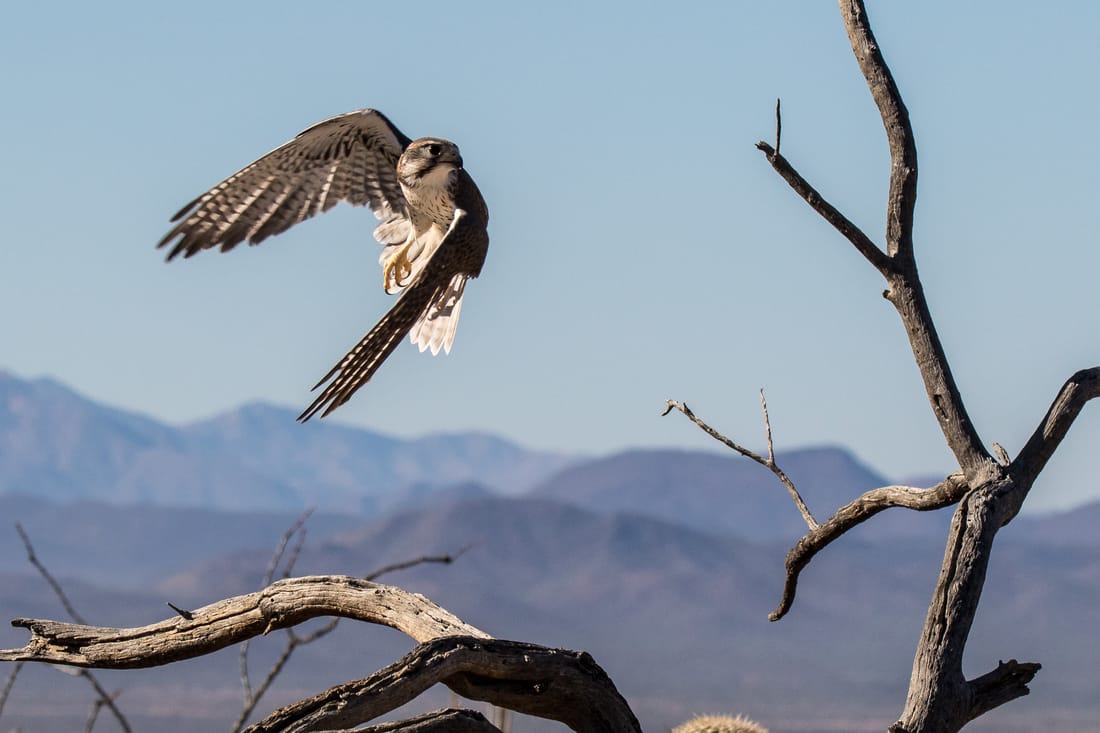
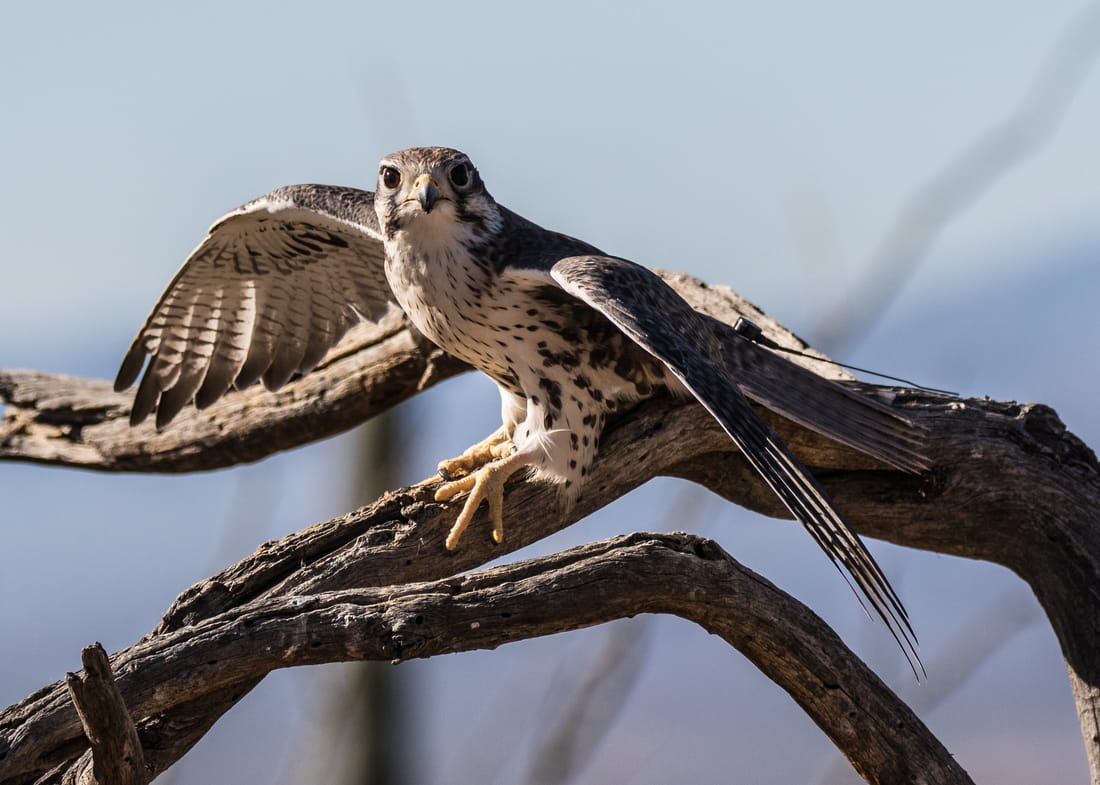
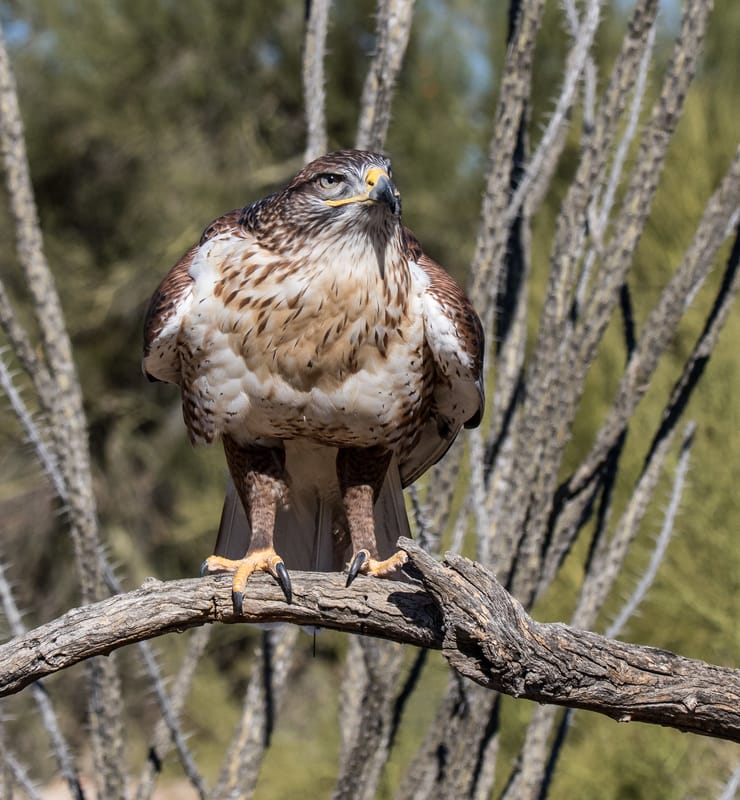
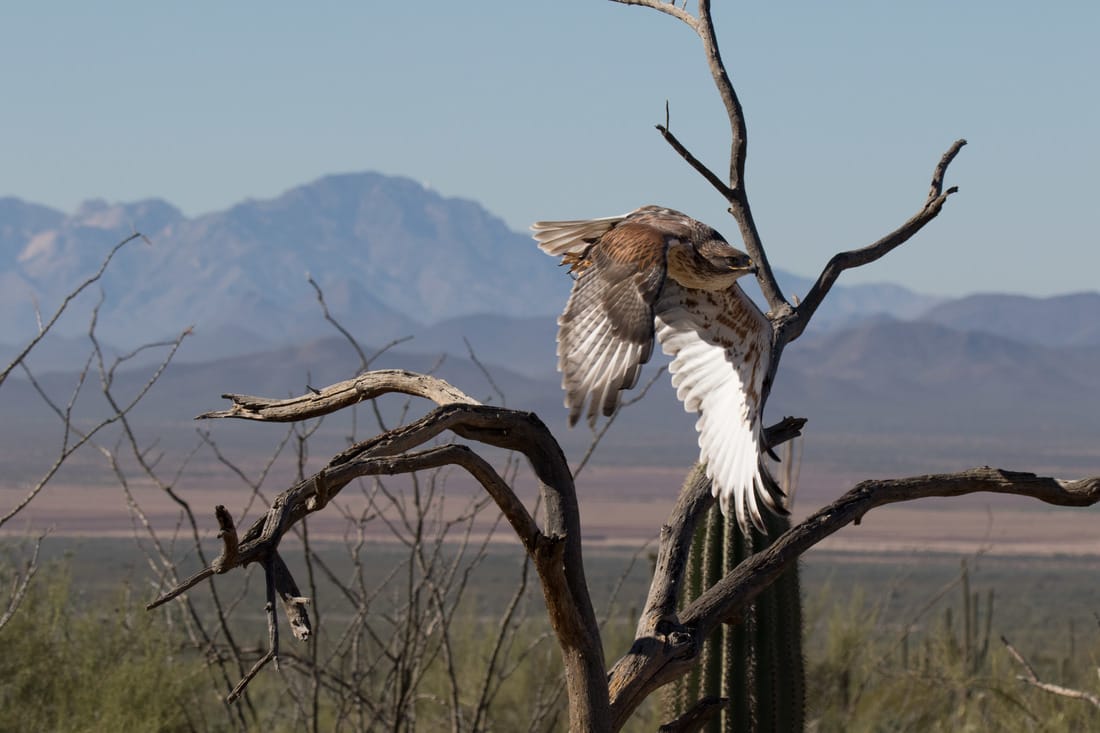
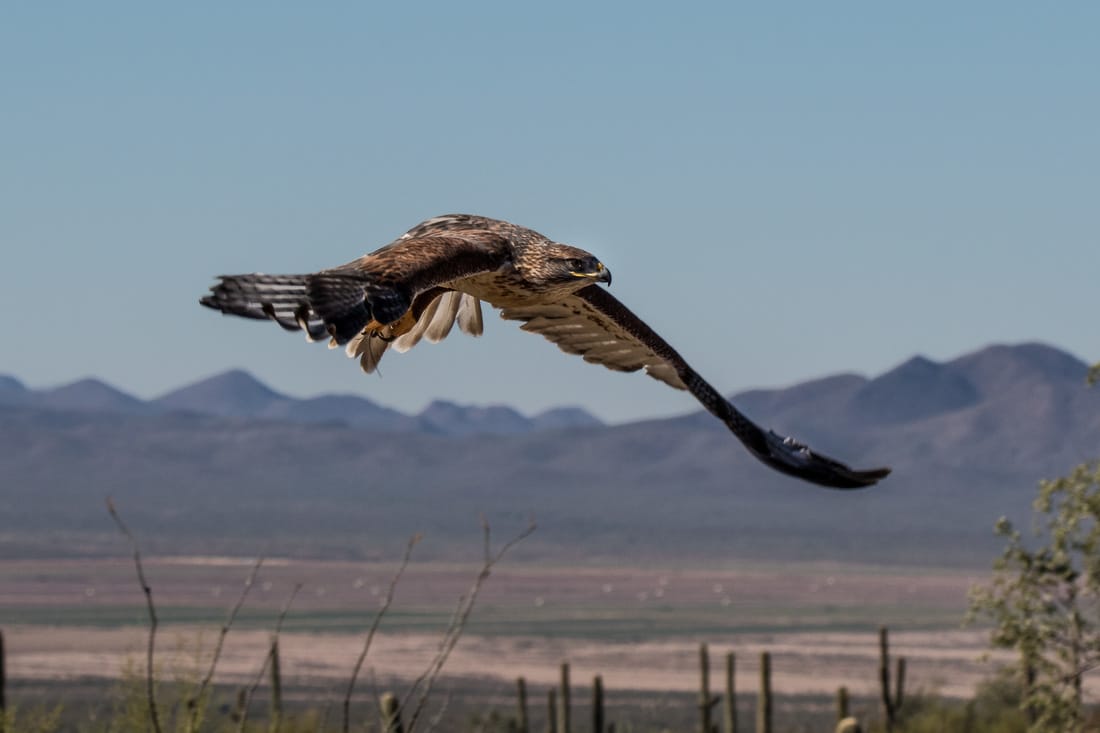
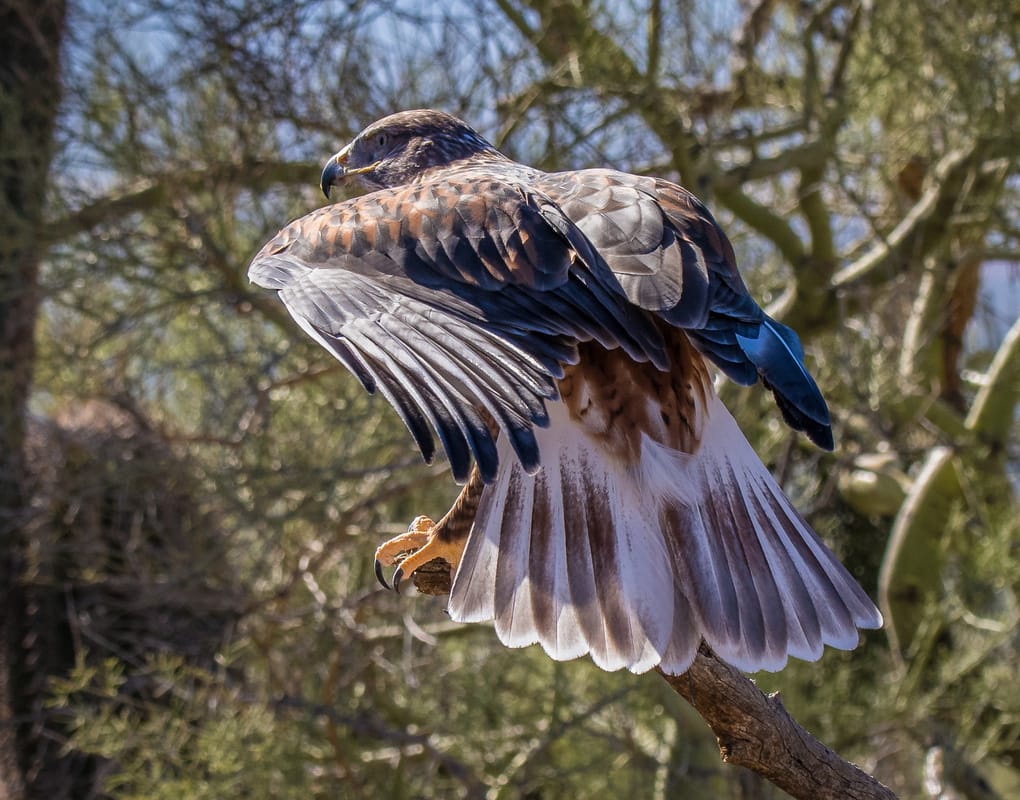
 RSS Feed
RSS Feed